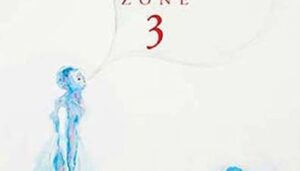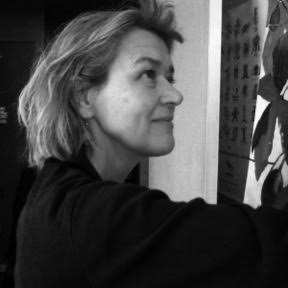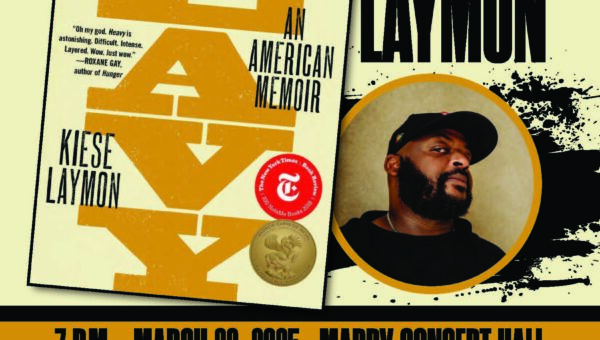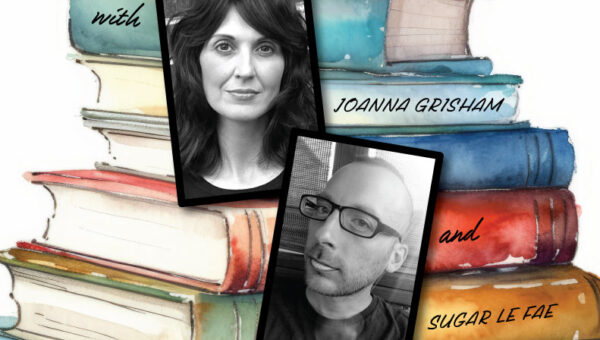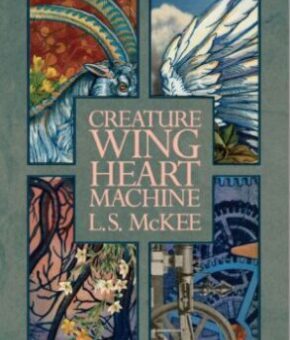Amy Wright: “All people have stories,” you say in your biography for the Steven Scott Gallery, which represents some of your work. Will you share one of yours, perhaps related to your memorable name?
Sheep Jones: In high school a group of us often went skiing at night on a small slope at Colby College. Charlie, the guy who would later become my husband, and I had just met. Being a bit shy, Charlie related to me the story of Günter Grass’s “The Tin Drum,” which he was reading at the time. It made for a delightful ride on the T-bar. Since I was letting my bangs grow, skiing down the slope led to a disheveled look, which further led to the Sheepdog nickname.
AW: High school sweethearts! My mother started dating my father at sixteen, so I know partnerships that reach across time and changes in circumstances inform lives. Can you articulate how that relationship informs your work?
SJ: While I stayed in fine art, Charlie moved to graphic art. He has been instrumental in my art career. He does my website, designs business cards and postcards, constructs the wooden substrates I work on…. We’re a good team.
When we go back to Waterville, we have the luxury of having family and friends in one location. The woods, lakes and meadows still call up memories of our shared past.
AW: I found your work originally through your Shed and Chandelier series. In these paintings, chandeliers descend from the sky over solitary red, blue, or patchwork structures. Perhaps because I live in Tennessee, the chandelier’s effect on both shed and surrounding landscape reminds me of Wallace Stevens’ “Anecdote of the Jar.” In the poem, a placed jar tames the wilderness around it. Will you speak to the relationship between your unassuming structures and their surrounding flora?
SJ: Usually, at midpoint, a title emerges from the painting. That’s when I can fine-tune the surroundings to completion. There are many patches of colors from the underpainting that form a puzzle of images for me to find and develop.
AW: Underpainting is a process of laying the initial color on a canvas. The few times I’ve seen artists working at this early stage they used a monochromatic wash. It seems that laying down patches of color from the outset creates an instant palimpsest rather than, say, a blank slate. This process is fascinating, considering you’re the one creating the found text or puzzle, as you call it, you can piece together. Is that initial layer less willful than ones that follow?
SJ: Yes. The first layer, which is a transparent glaze, is less willful. I used to mix an earth orange with ultramarine blue, but lately I have been more daring, using phthalo blue or permanent rose. The next layer consists of patches of opaque areas, building up the various segments that I want isolated. What happens is that first transparent color sets the tone and shimmers throughout the end result.
AW: Sometimes in your Sheds & Chandeliers series, the chandeliers’ bulbs or candles are lit, and sometimes they are not. Why did you decide to include both; and how do you determine which paintings needs which?
SJ: After the composition is to my liking, I start at the top and slowly fit colors and shapes together. So the decision to have illumination comes first, and then the mood of the structure evolves from there. I’ll say usually. There are times when, pondering the painting from afar, I see that lightening up the candles completes the painting.
AW: Your work is more representative than abstract, but a layering of landscape into bands of snow or trees or lake conjures a subtle Rothkoesque effect. Are there elements from the Abstract Expressionists or other art movements that you integrate consciously or find unexpectedly in your work?
SJ: The abstract painters I am most strongly drawn to don’t shy away from brushwork and other painterly effects. I like to mix abstracted layers amid more representative motifs. I feel that is a good balance for me.
AW: You lived in a paper-making village in Japan in the late seventies. How did living abroad shape your aesthetic?
SJ: Back in those days, Charlie and I were drawn to Asian art. From the characters to the high contrast ink drawings. When we went to college in different states, we sent each other homemade books influenced by Japanese bookbinding and aesthetics. Living in Japan for six months certainly has had its effect on my visual vocabulary.
AW: How so?
SJ: I believe that much of the symmetry that dominates my work coupled with high contrast and usually the odd number of visual icons stems from our stay in Japan. Look at the bento box, tatami mats, rock gardens — all are visually contained by boundaries.
AW: That makes sense. Root vegetables like carrots and beets, or bulbous onions often appear in your botanical paintings. Do your own familial or cultural roots inform these images of descension and growth?
SJ: When I went from watercolors back to oils, I needed a starting point. The root vegetables gave me the freedom to insert images in the soil and water tables below. The foreground and background problems were solved. Of course the grounding effect of being able to imagine plants searching for nutrition led to references to human roots, appetites and decay.
AW: Speaking of things that grow deep in the earth, there are photos online of you taking an aluminum sculpture entitled Spudball for a walk, but the captions don’t explain much more about this event. What’s the story behind this shiny globe made of welded potato-shaped cutouts?
SJ: The sculptor Pat Monk created Spudball as his new pet, and asked me to take it for a walk for photographing. Alexandria, Virginia has many dog owners walking their dogs on the waterfront. Spudball fit right in.
AW: Like the chandeliers, the doorways and windows in your dwellings are sometimes bright and sometimes dark. An almost bodily emotional language seems to be at work, considering light’s implications of warmth and habitation. Since this series, unlike others, is unpeopled, will you speak to how color and light are being used to communicate something beyond facial expressions or other human gestures?
SJ: Driving the back roads of Maine, I see so many different dilapidated structures that feed my imagination. Some look lived in, some look like scenes of crimes, some as rendezvous. Some are strange, some the animals have taken over. Most are abandoned, but the mystery of past habitation is what I think about when forming the openings and closings, the entries and exits, of various windows and doors.
